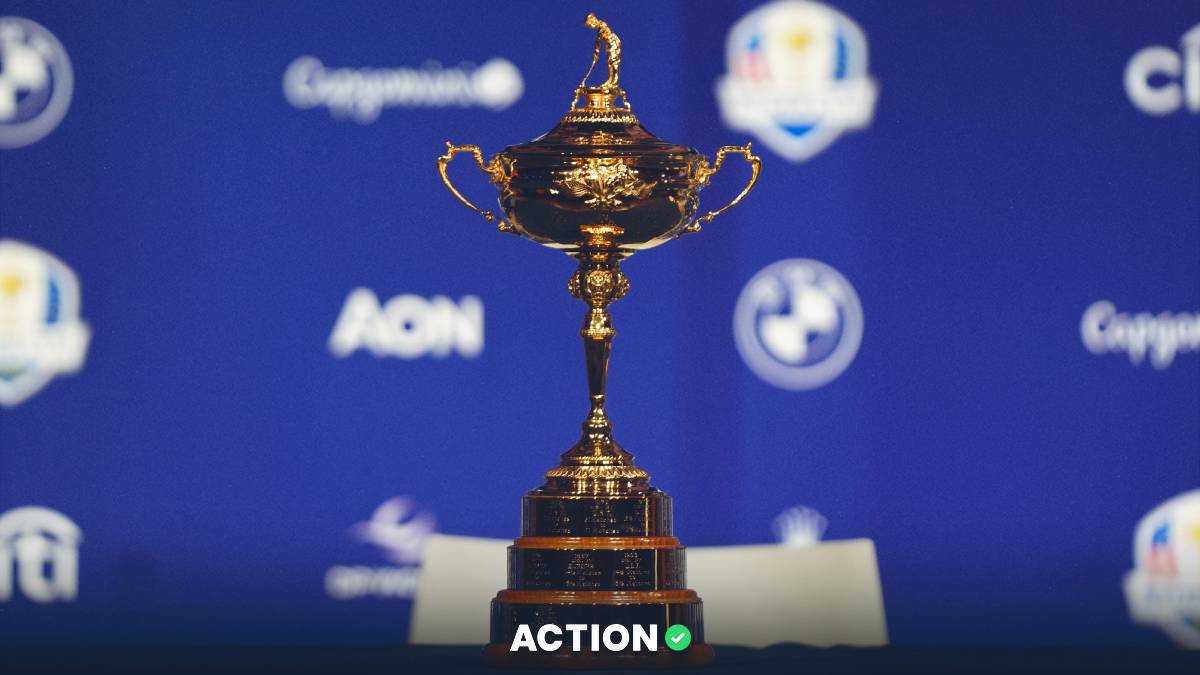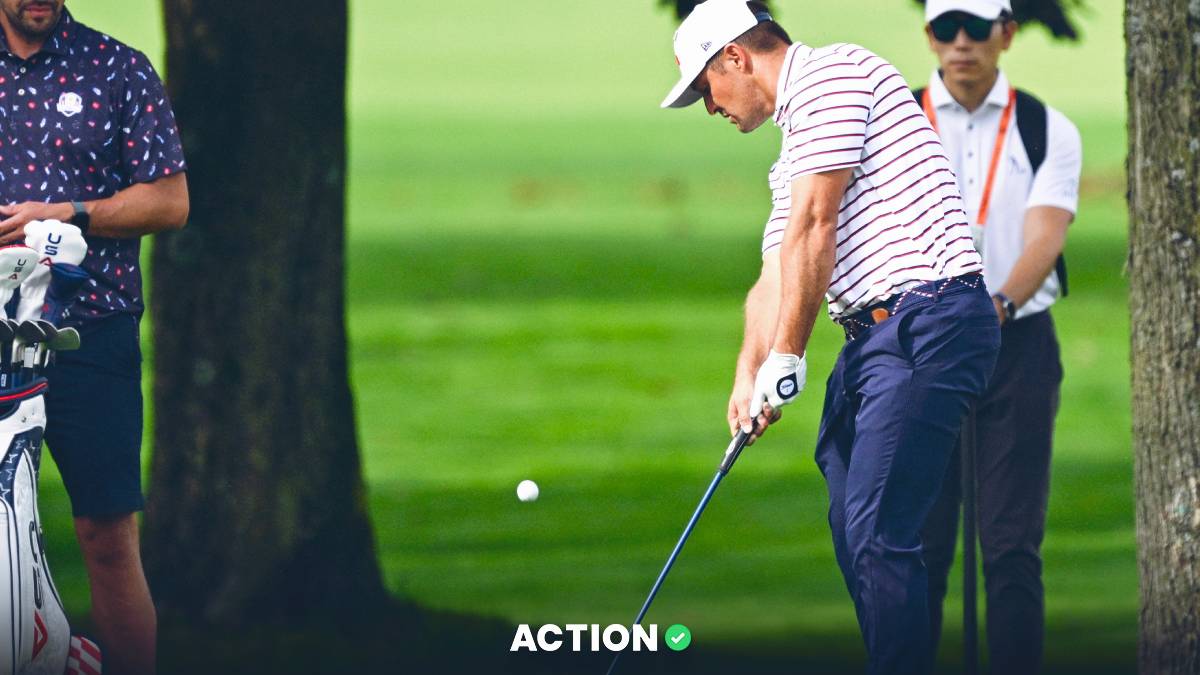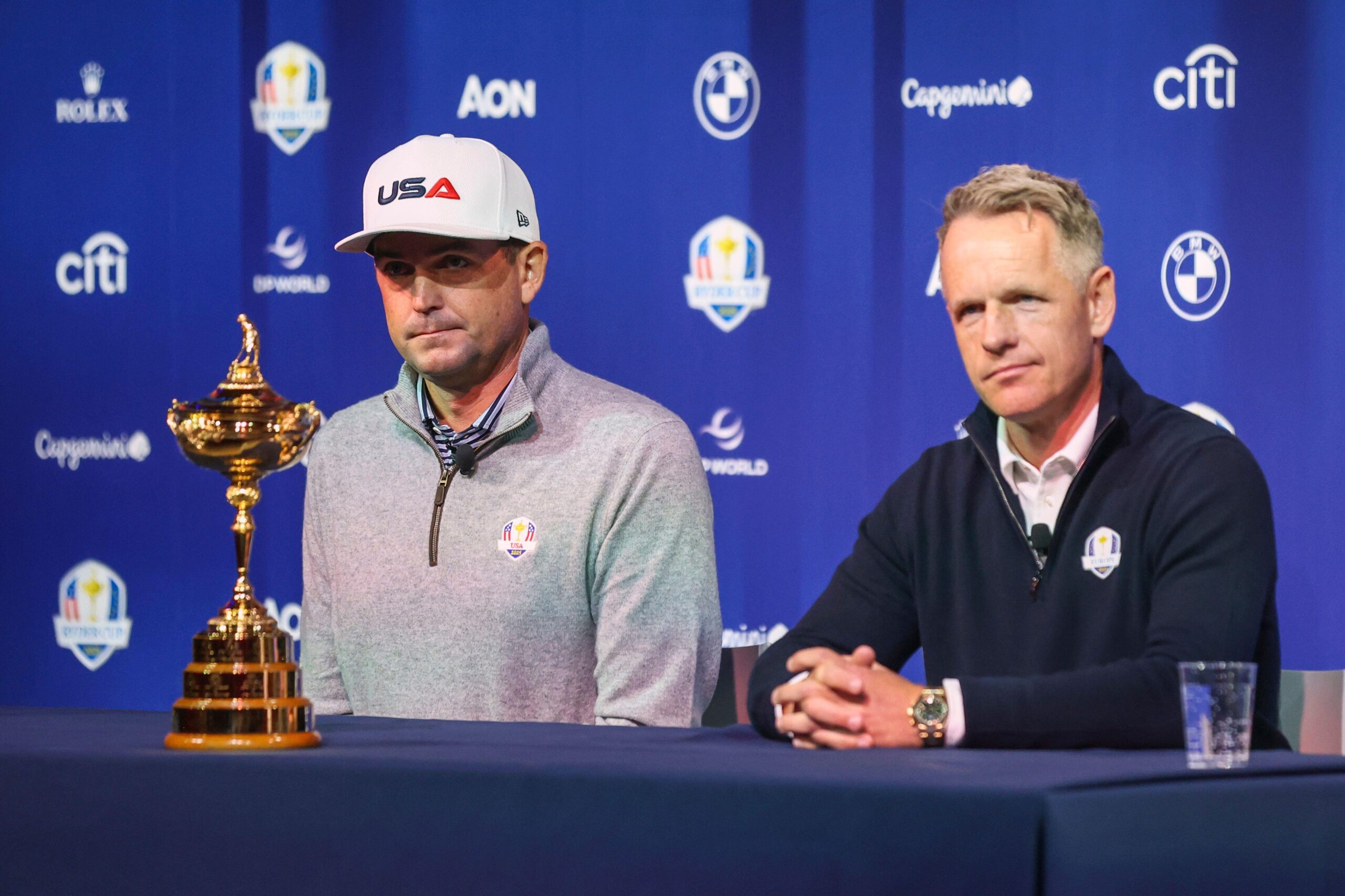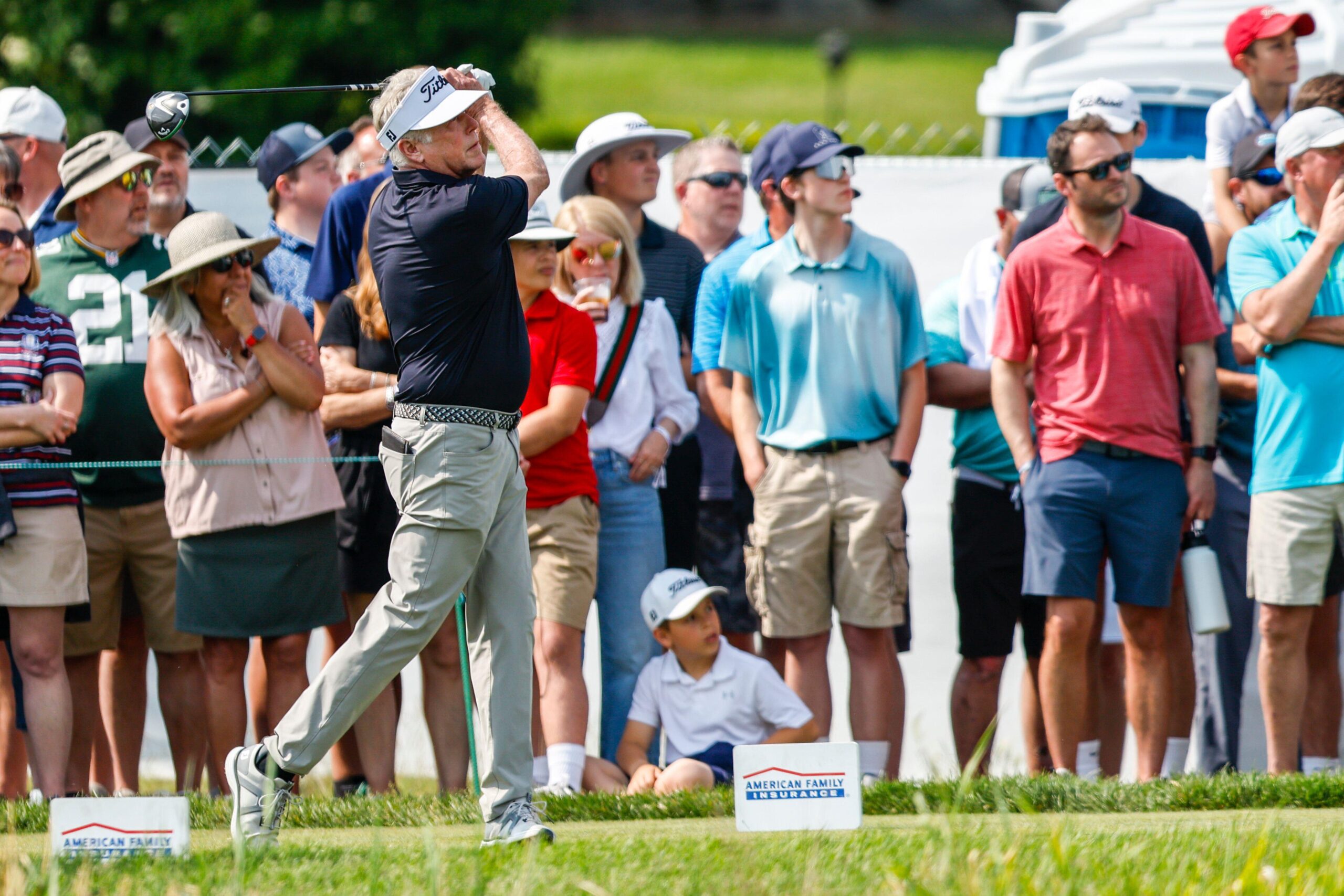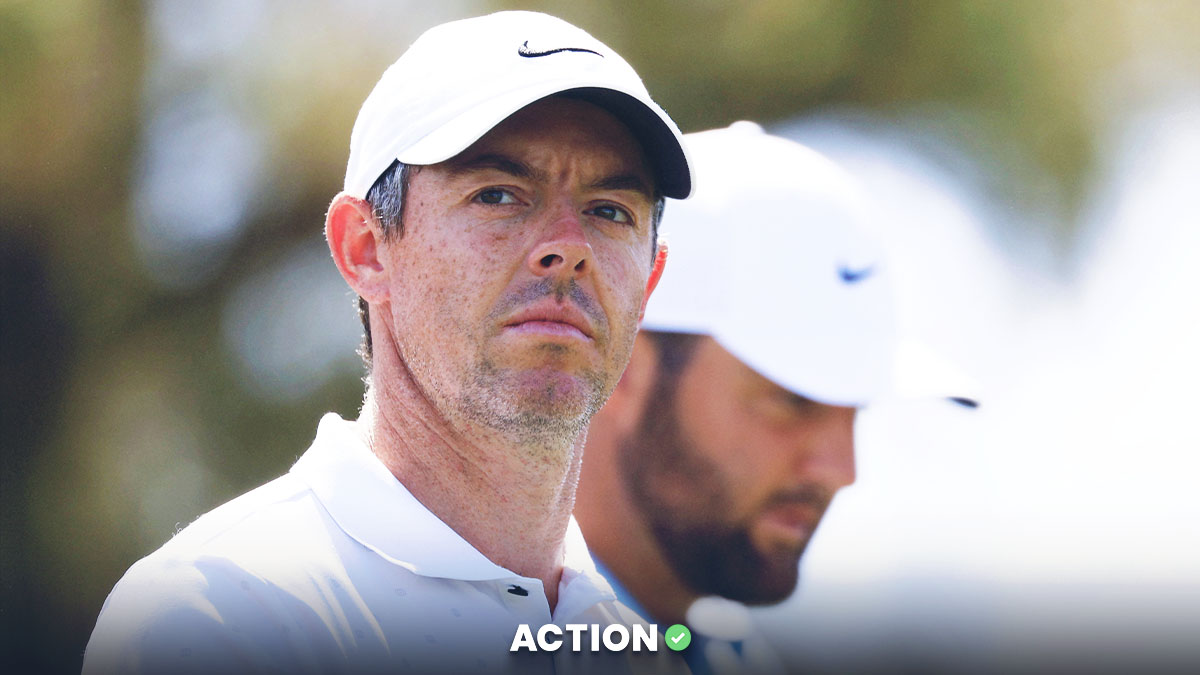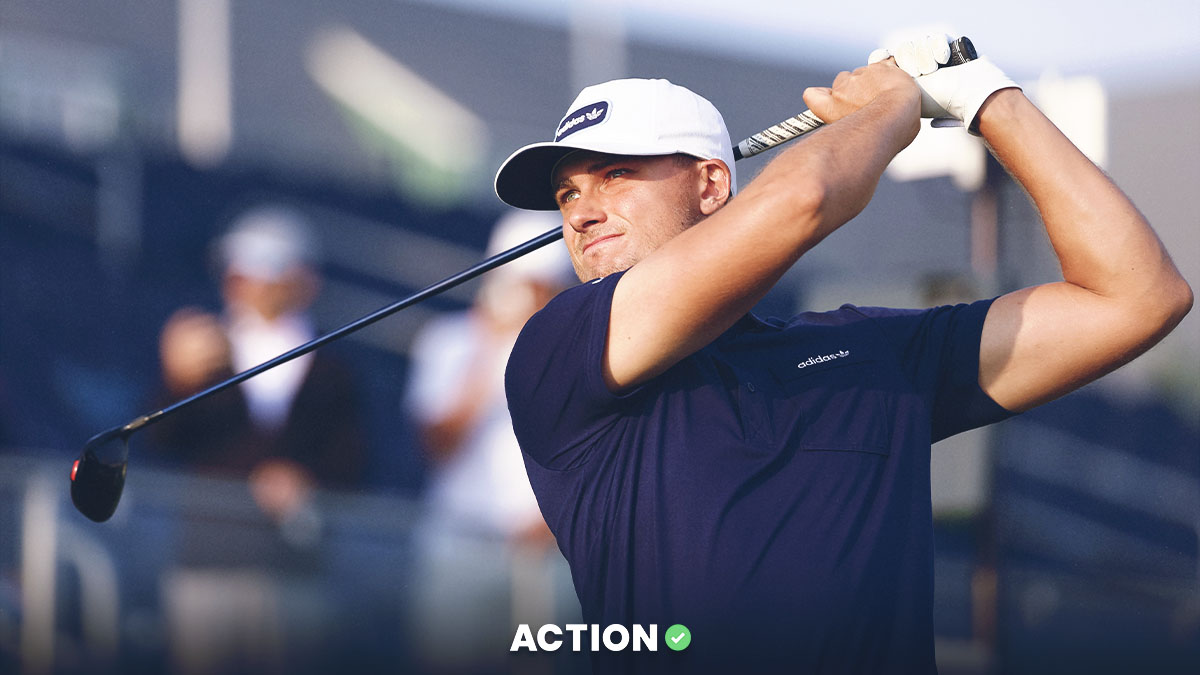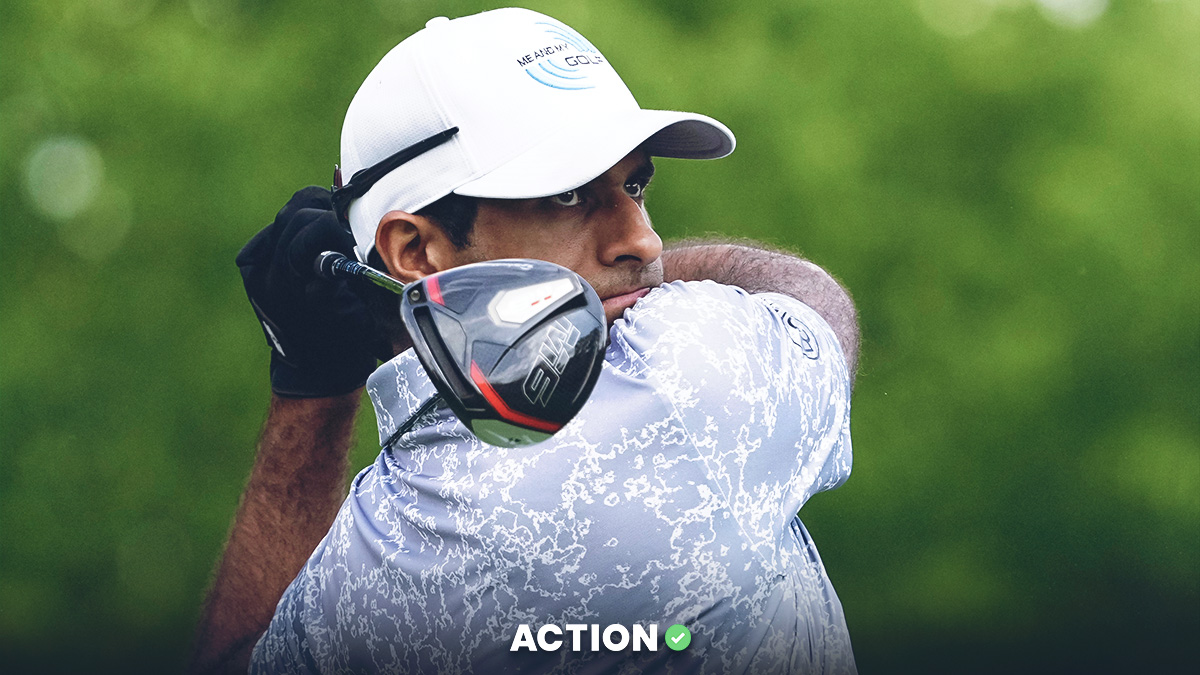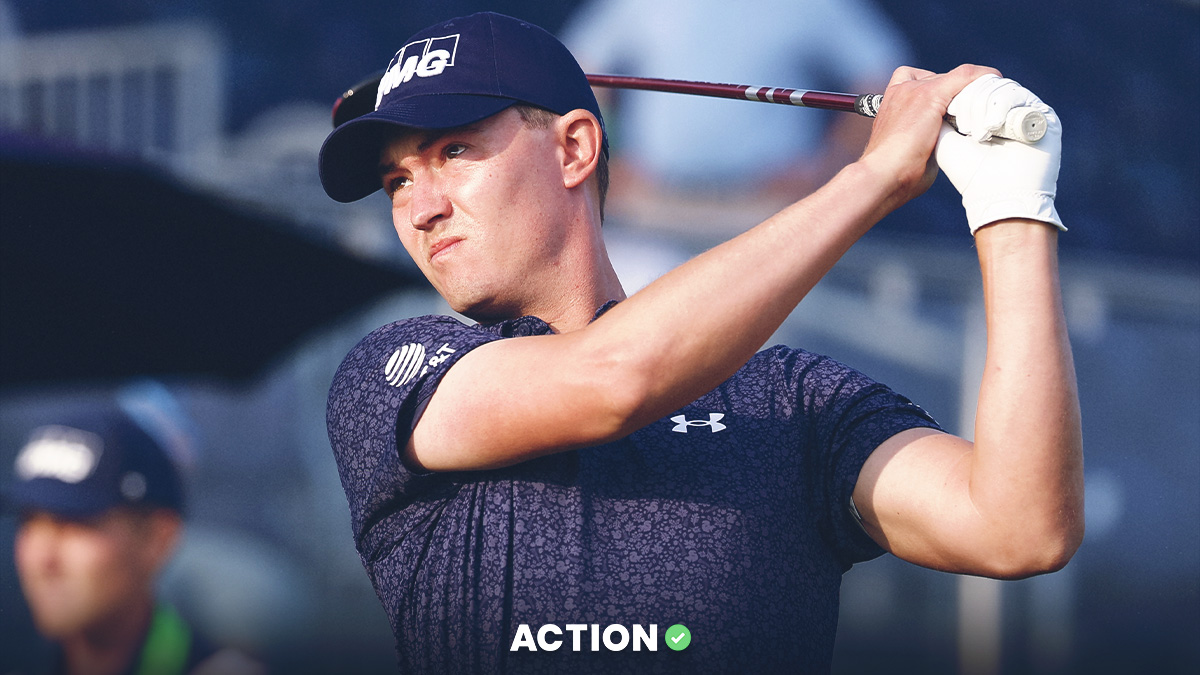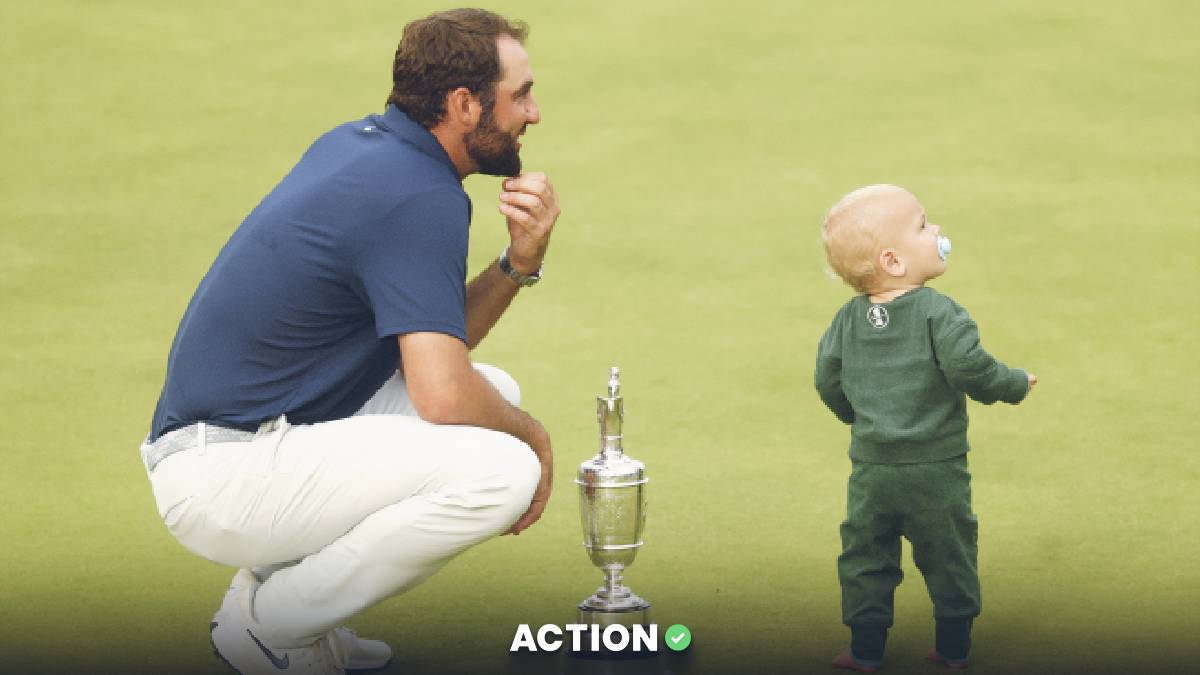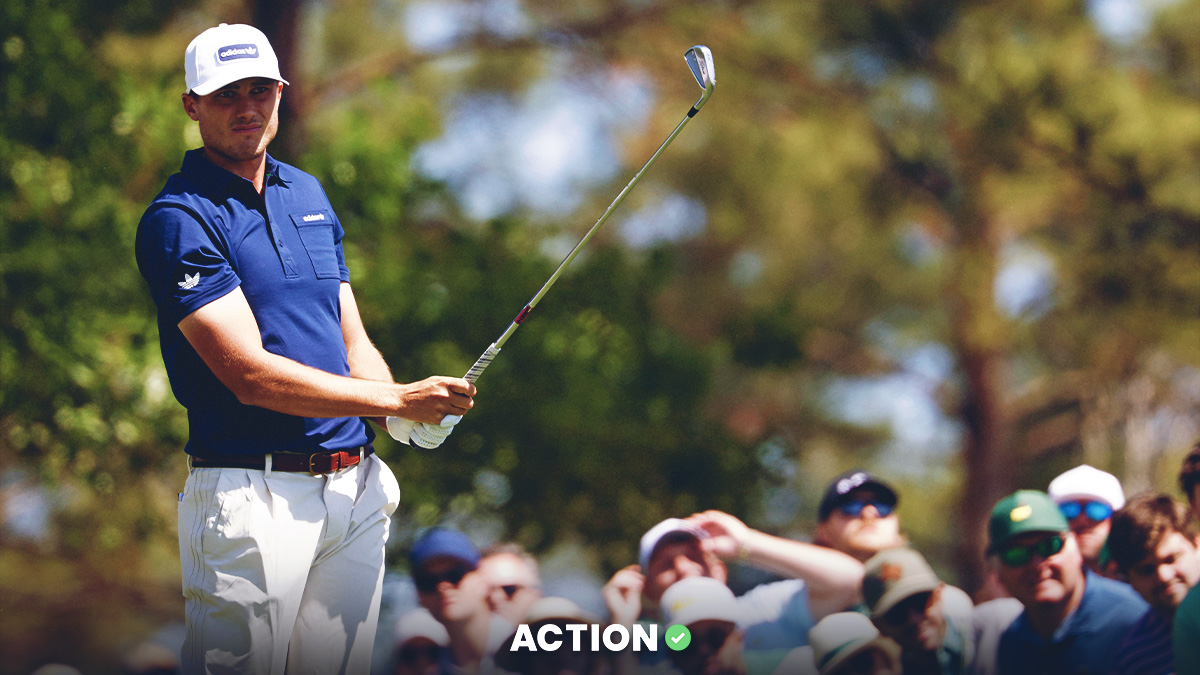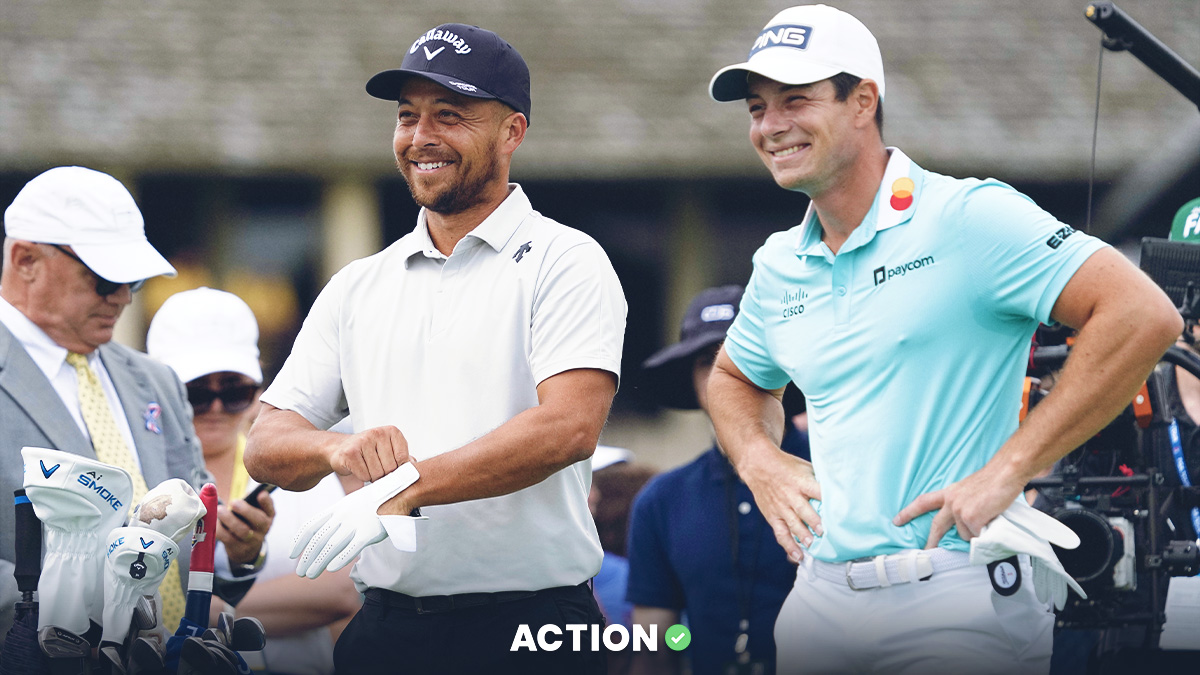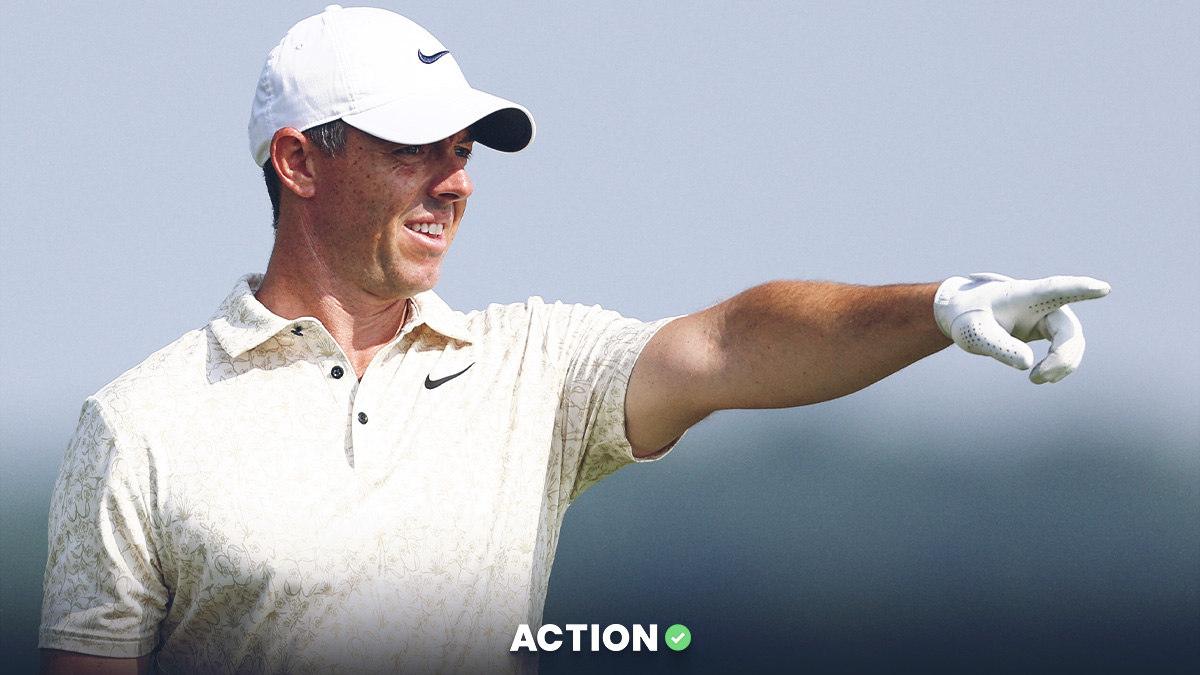After two weeks in Ohio at Muirfield Village, the PGA TOUR will now travel up to Minneapolis, Minn. for the 3M Open at TPC Twin Cities.
Twin Cities is not new to the golf world, as it hosted the 3M Championship — a yearly Champions Tour event — from 2001 to 2018. Last year, it moved to the PGA TOUR for the inaugural 3M Open, which was won by youngster Matthew Wolff, defeating other youngsters Bryson DeChambeau and Collin Morikawa.
After a month of catering to ball-strikers more than bombers, things will change a bit this week. Twin Cities will play at just over 7,400 yards, and the success of Wolff and Bryson last year highlights distance being a factor.
But just how much? Let's take a look at the data from last year and figure out what's important this week.
The Most Predictive Stats at TPC Twin Cities
Using FantasyLabs data, we can look at how golfers in the 90th-plus percentile for each stat entering Colonial have historically performed. It measures their performance against a salary-based expectation. And while that might seem like a weird way to go about it, note that DFS salaries in golf are highly correlated with odds to win.
That means we can lean on DFS data and the baseline it provides to measure stats.
But there's one important, huge caveat: The data above is based just on a single year of data. I'd be very hesitant to rely much on a sample size that small. There's a lot of noise and a lot of luck baked into the graph above.
Still, it's better than nothing, and the data brings up a pretty interesting discussion. As you'll notice, driving distance was actually not that predictive by itself? How can that be given the course?
I think there's an easy answer, and my colleague Joshua Perry hinted on it here:
The main defense is water, which is in play on about half the holes, but if players stay dry, they can go really low. I’d expect the winner to be in the 20-under par range, a stark contrast to what we saw at Muirfield Village last week.
Just raw distance isn't bad, but it has to be coupled with controlling that distance so it's actually useful for second and third shots. Let's look at the longest guys in the field as an example: Peter Kuest, Ryan Brehm and Brandon Hagy have three of the field's top-four driving distance numbers long term.
But those guys on average hit only about half of their fairways. Again, distance is good, but you gotta, you know, have a playable second shot for it to matter. As a result, I'm going to be leaning more on Strokes Gained: Off-the-Tee and Total Driving, which accounts for those factors.
It makes someone like Jhonattan Vegas particularly intriguing: He's a good example of a guy who is definitely long off the tee, but he controls it really well. That's where golfers will gain an advantage at Twin Cities, so I'd focus more on that than anything this week.
Other golfers who stand out in that regard include Paul Casey, Lucas Glover and Doc Redman.
As usual, I probably won't weigh putting too much, instead focusing on off-the-tee metrics as mentioned above, plus guys who are typically consistent with shots into the green.




